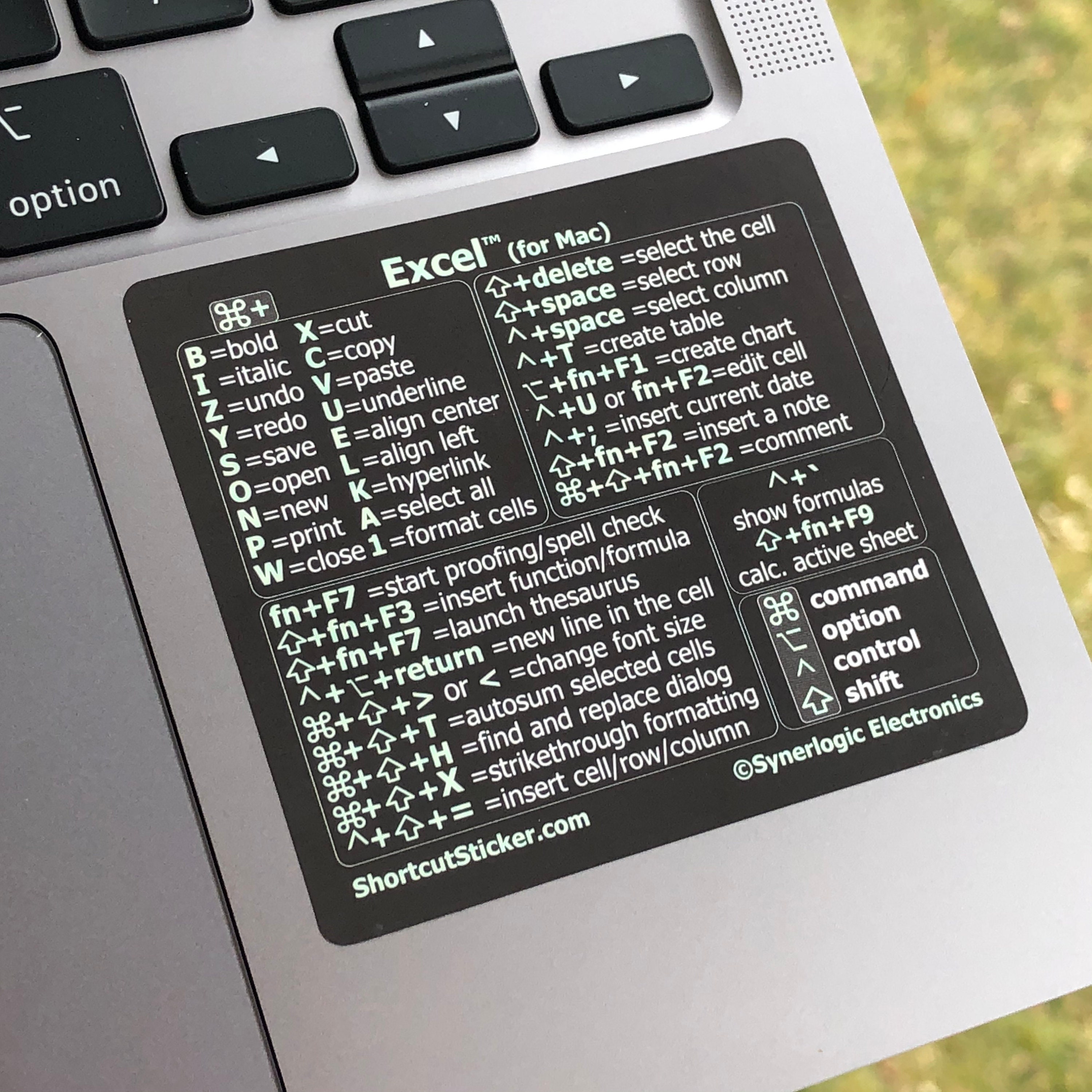

The Mac has an additional "modifier" key, referred to as the Command key. However, there are two significant differences. The keys function identically to their Windows counterparts. I have an Eluminx PS/2 keyboard shared between my Shuttle and G5 using such an adapter. If you have a PS/2 keyboard and mouse, you can buy a US$15 USB adapter and use it with your Mac.

Your keyboard and youĪssuming you didn?t want to drop US$29 on an Apple keyboard, you can use your PC keyboard with your Mac. If you are one of those folk, simply hit Command-Q (see the next section if you don't know what the Command key is) when it prompts for your name and you will be given the option to skip ahead to the account creation section of the setup program. What Apple does want from you however, is your personal information ? name, address, phone number, e-mail. Unlike Windows, you will not be required to activate your copy of Mac OS X. Eventually, you will be taken to the registration screen. When you turn on your Mac for the first time, you?ll be greeted with some music and the wold ?Welcome? flashed on your screen in what seems like all the languages of the world.

What it does intend to do is give you the lowdown on some basic things: window management, accessing your Windows box from the Mac, and application behavior. This guide is not intended to be comprehensive and answer every conceivable question Windows and Linux users will have about their new platform. That?s why we at Ars have pulled together a short list of things every newcomer to Mac OS X needs to know. Printed documentation included with the mini is scanty ? primarily EULA and warranty information, and Apple has never been one for flashy tutorials. One thing the Mac mini does not have is a comprehensive ?welcome to OS X? guide. Differences in how applications and the user interface behave can be great, and even when there is similarity across platforms, the small differences can be just as maddening. Now that Apple has a stripped-down Mac desktop available, the curious have finally begun taking the plunge.Īs anyone who has ever switched platforms will attest, there is always a bit of a learning curve involved. Even a good, gently-used Mac costs far more than comparable x86 gear.

A dual-CPU G5 tower will set you back at least two grand, while the least expensive iMac runs US$1,299. However, some of the new Mac mini owners are Windows or Linux users who have always wanted to fool around with Mac OS X, but have been turned off by the Apple?s price structure. There are always Mac owners who are looking to upgrade older equipment or looking to own a small form factor Mac. Targeted at would-be switchers and ?adders,? the mini is easily the lowest-priced Mac desktop ever. A couple of weeks after its unveiling, the budget-priced Mac mini has begun shipping.


 0 kommentar(er)
0 kommentar(er)
